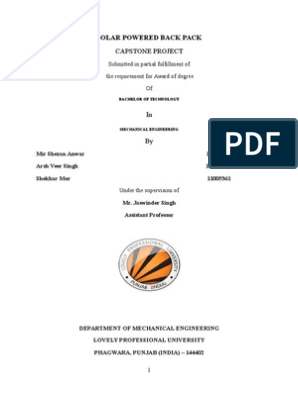0% found this document useful (0 votes)
26 views45 pagesSML Lecture5
The document covers the theory and algorithms of supervised machine learning, focusing on linear classification, including concepts like generalization error, model selection, and specific algorithms such as perceptron and logistic regression. It explains the geometric interpretation of linear classifiers, their properties, and the learning process involved in training these models. Additionally, it discusses the convergence of the perceptron algorithm and the loss function associated with it.
Uploaded by
mohamnaf.bCopyright
© © All Rights Reserved
We take content rights seriously. If you suspect this is your content, claim it here.
Available Formats
Download as PDF, TXT or read online on Scribd
0% found this document useful (0 votes)
26 views45 pagesSML Lecture5
The document covers the theory and algorithms of supervised machine learning, focusing on linear classification, including concepts like generalization error, model selection, and specific algorithms such as perceptron and logistic regression. It explains the geometric interpretation of linear classifiers, their properties, and the learning process involved in training these models. Additionally, it discusses the convergence of the perceptron algorithm and the loss function associated with it.
Uploaded by
mohamnaf.bCopyright
© © All Rights Reserved
We take content rights seriously. If you suspect this is your content, claim it here.
Available Formats
Download as PDF, TXT or read online on Scribd
/ 45























































































